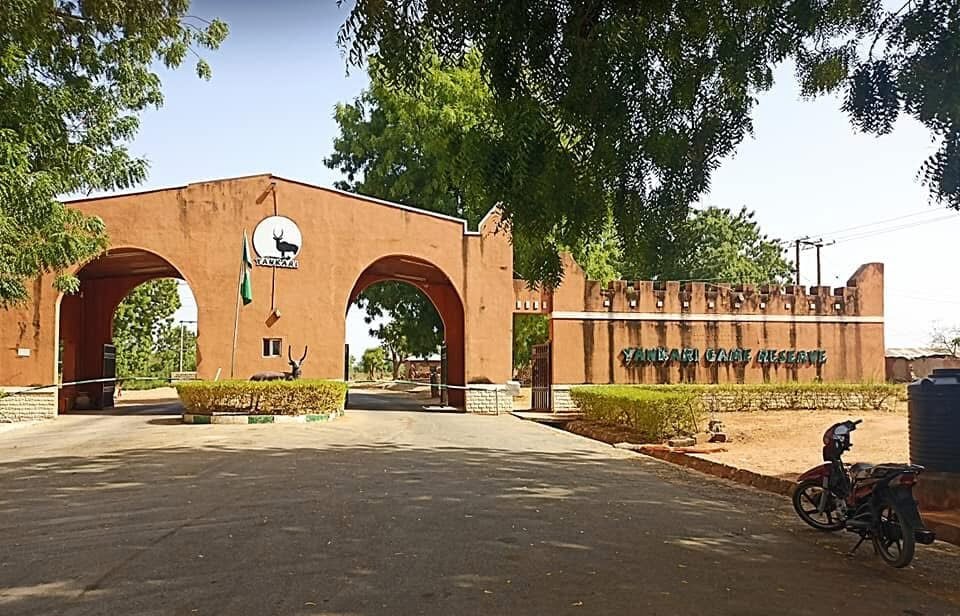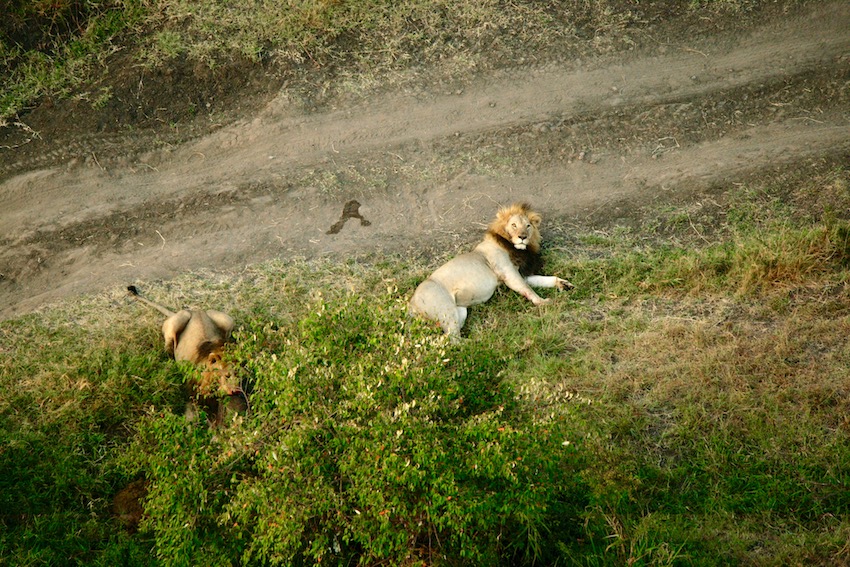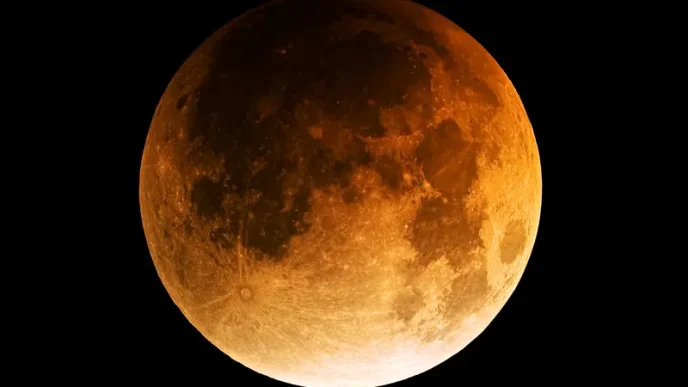A lioness
Decades ago, lions roamed across most of Nigeria’s savannas. From the Sahelian grasslands of Sokoto to the Guinea woodlands of Adamawa, the country’s north reverberated with their roar. Farmers and herders feared them, hunters told stories of their bravery against them, and folklore cast them as emblems of power. Today, that roar has all but fallen silent. Conservationists estimate that fewer than 50 lions remain in the whole of Nigeria — a collapse so steep it is hard to grasp.
The International Union for Conservation of Nature (IUCN) describes the West African lion, Panthera leo leo, as one of the most endangered large carnivores on the planet. Fewer than 400 survive across the entire sub-region, scattered between nine countries, and Nigeria’s remnant is part of this fragile lineage. The Wildlife Conservation Society (WCS) has warned that without urgent action, Nigeria may lose its lions altogether within a generation.
The scarcity of lions in Nigeria is not just felt in the bush; it sometimes spills, dramatically, into human settlements. In 2019, panic gripped the city of Kano after reports that a lion had escaped from the Kano Zoological Garden. Residents fled, markets shut down, and security forces were deployed in a frantic overnight hunt. For hours, a city of millions was held hostage by the prospect of one prowling lion. Eventually, the animal was cornered and tranquilised — but the incident exposed how estranged Nigerians have become from the great predator. Once common in the wild, lions now appear only in cages, and when they escape, they are treated as intruders.
In July 2015, a similar drama played out in Plateau state when a lion broke free from its enclosure at the Jos Wildlife Park. Again, fear dominated the headlines, but behind that fear lay a stark irony: the only lions Nigerians now encounter are either in captivity or by accident. In the wild, their numbers have collapsed to a whisper.
Advertisement
For days, the animal wandered the park’s perimeter, forcing schools, shops, and nearby homes to shut down. The state government had to deploy armed rangers to track it before it was killed “due to lack of tranquilisers”.
A STEADY RETREAT

Historical records show that lions were still present in multiple Nigerian reserves as late as the 1970s — Borgu, Zugurma, Kamuku, and Yankari among them. But as the decades rolled on, sightings became fewer. By the early 2000s, the IUCN noted that Nigeria’s lions had “undergone catastrophic declines”, reduced to tiny isolated pockets. Today, credible surveys confirm their presence only in Kainji Lake National Park in Niger and Kwara states and in Yankari Game Reserve in Bauchi. Even there, the numbers are perilously low.
Advertisement
Yankari, once regarded as Nigeria’s showpiece wildlife reserve, has become a shadow of its former self. Lions that were a familiar sight in the 1980s and 1990s are now virtually absent. Field teams have sometimes gone years without a confirmed sighting. Kainji Lake is thought to hold the last viable breeding population, though the figures are sobering: Panthera, the international conservation group, suggests the population is “critically small and highly vulnerable to extinction”.
WHY THE LIONS VANISHED

The decline of Nigeria’s lions is not the result of a single cause but of a convergence of pressures that has pushed the species to the edge.
Habitat loss stands at the centre of this collapse. Nigeria’s population has quadrupled since independence, and the vast expanses of open savanna that lions once commanded have been eaten up by farms, roads, and settlements. The IUCN warns that lions require extensive territories to survive; in Nigeria, their ranges have been “severely fragmented”, cutting them off from prey and from one another.
Advertisement
Equally damaging has been the loss of wild prey. A report by WCS on West Africa’s lions highlights the “devastating impact of bushmeat hunting”, which has emptied many reserves of antelope and buffalo. Hunters set wire snares indiscriminately, and in many cases, the lions themselves are caught, maimed, or killed. With their natural prey depleted, lions turn to livestock — and that brings them into direct confrontation with local herders.
These confrontations often end in tragedy for the lions. Poisoning is a common response to cattle losses. Panthera has documented cases of entire prides wiped out by a single poisoned carcass left in retaliation. In the words of the organisation’s West Africa director, Philipp Henschel: “The survival of lions depends not only on protecting them but on reducing the costs of living with them for local communities.”
In recent years, a new and formidable challenge has emerged: insecurity. In 2021, the Nigerian National Park Service suspended operations in several northern parks after armed groups infiltrated them, making ranger patrols impossible. Kainji Lake, the last stronghold of lions, was among the parks affected. Without patrols, poachers and cattle herders moved freely into the reserve, undermining the fragile base on which the lions depended.
THE COST OF NEGLECT
Advertisement
The disappearance of Nigeria’s lions is not merely an ecological story; it is also an economic one. Across East Africa, lions are a pillar of national economies. Tanzania’s Serengeti and Ngorongoro Crater, home to some of the world’s densest lion populations, attract tourists in the millions. According to the World Travel and Tourism Council, tourism contributes 17 percent to Tanzania’s GDP. In Kenya, the Maasai Mara is synonymous with big cat safaris, and the Kenya National Bureau of Statistics recorded more than $1.6 billion in earnings from tourism in 2019.
By contrast, Nigeria — Africa’s most populous nation — earns almost nothing from wildlife tourism. Kainji Lake and Yankari, the only parks that still harbour lions, see only a trickle of visitors each year. Infrastructure is poor, access roads are degraded, and the spectre of insecurity deters most potential tourists. What could have been a multi-million-dollar industry providing jobs and revenue in some of these states has instead become a symbol of lost opportunity.
Advertisement
A FRAGILE CHANCE AT REDEMPTION
In 2023, the West Africa Conservation Network (WACN) entered a 31-year co-management agreement with the National Park Service to oversee Kainji Lake National Park. This is the longest such arrangement in Nigeria’s history and represents a chance to break with decades of underfunding and short-termism. WACN has pledged to restore security, rebuild ranger patrols, and invest in scientific monitoring. If the park can be stabilised, prey populations can recover — and with them, the lions.
Advertisement
Evidence from the wider region suggests recovery is possible. In Senegal, Niokolo-Koba National Park has seen lion numbers climb under sustained anti-poaching measures. In Benin, Pendjari and W Parks, now managed by African Parks, host some of the healthiest lion populations in West Africa. Nigeria could follow that model — but only if it matches conservation science with political will.
The stakes could not be higher. The IUCN has described West African lions as “the rarest lion populations on earth”. Their survival in Nigeria would not only be a national triumph but also a contribution of global importance. The loss, by contrast, would be permanent. Once the last lion disappears from Nigeria’s savannas, no amount of money or regret will bring it back.
Advertisement
The question is no longer whether Nigeria can have as many lions as Tanzania or Kenya. It is whether Nigeria is willing to keep the few that remain. The answer will depend on choices made in the coming years — whether rangers are funded, whether communities are engaged, and whether insecurity is contained.
For now, the roar of the lion in Nigeria is faint, almost drowned out by the noise of human expansion and neglect. But it is not yet gone. The choice is whether to let it fade into memory or to ensure that future generations can still hear it across the savannas.
This article was produced in partnership with Wild Africa.












